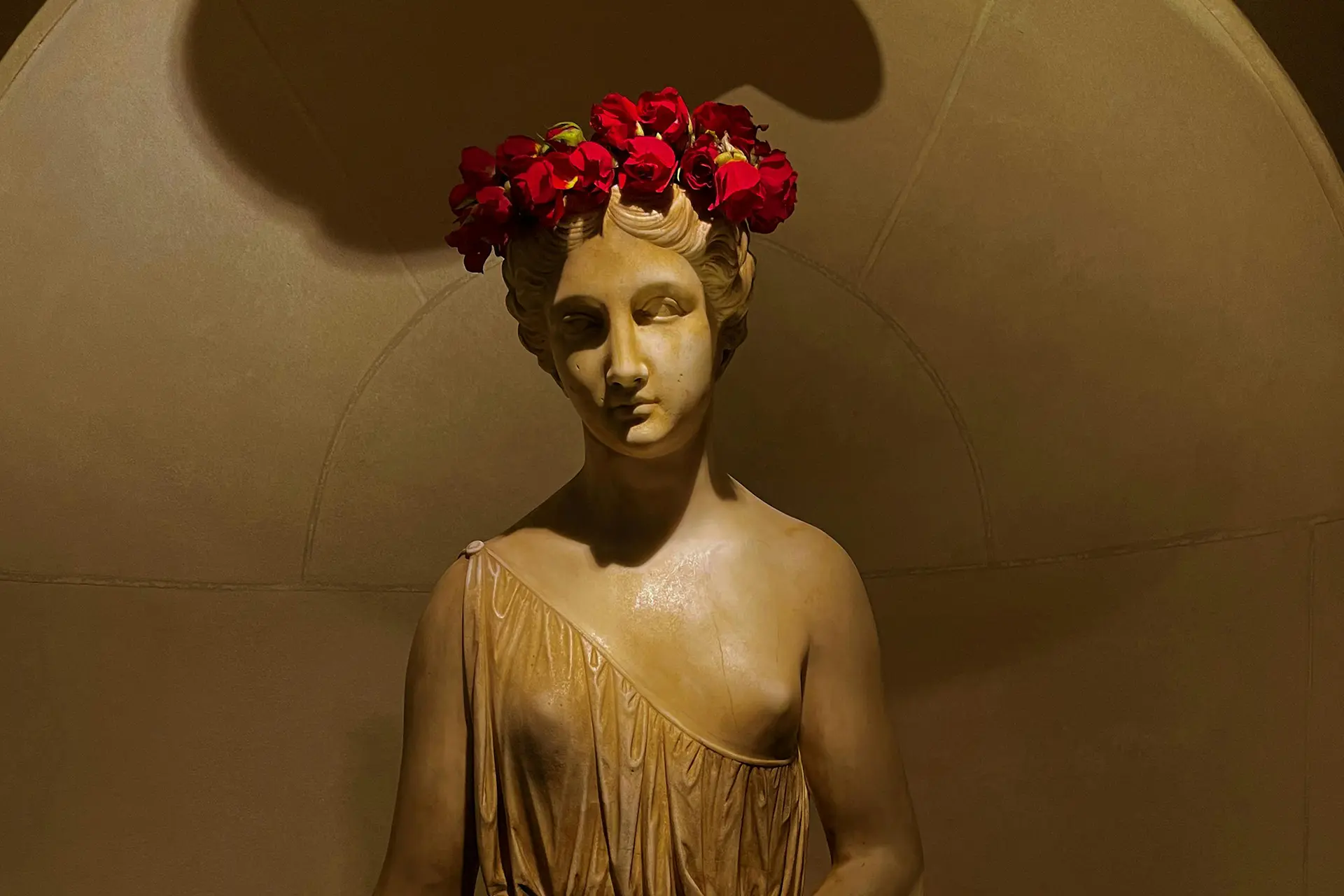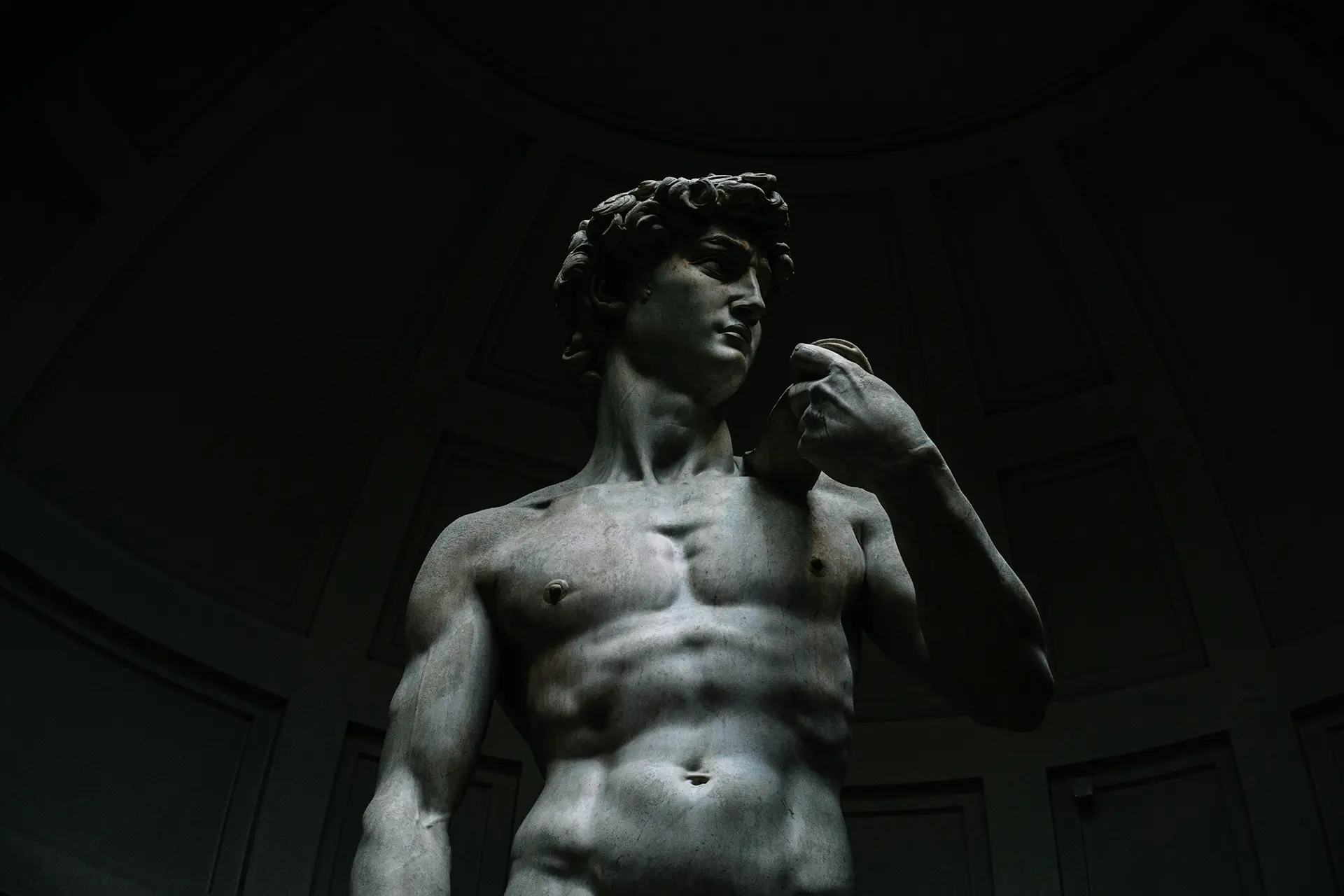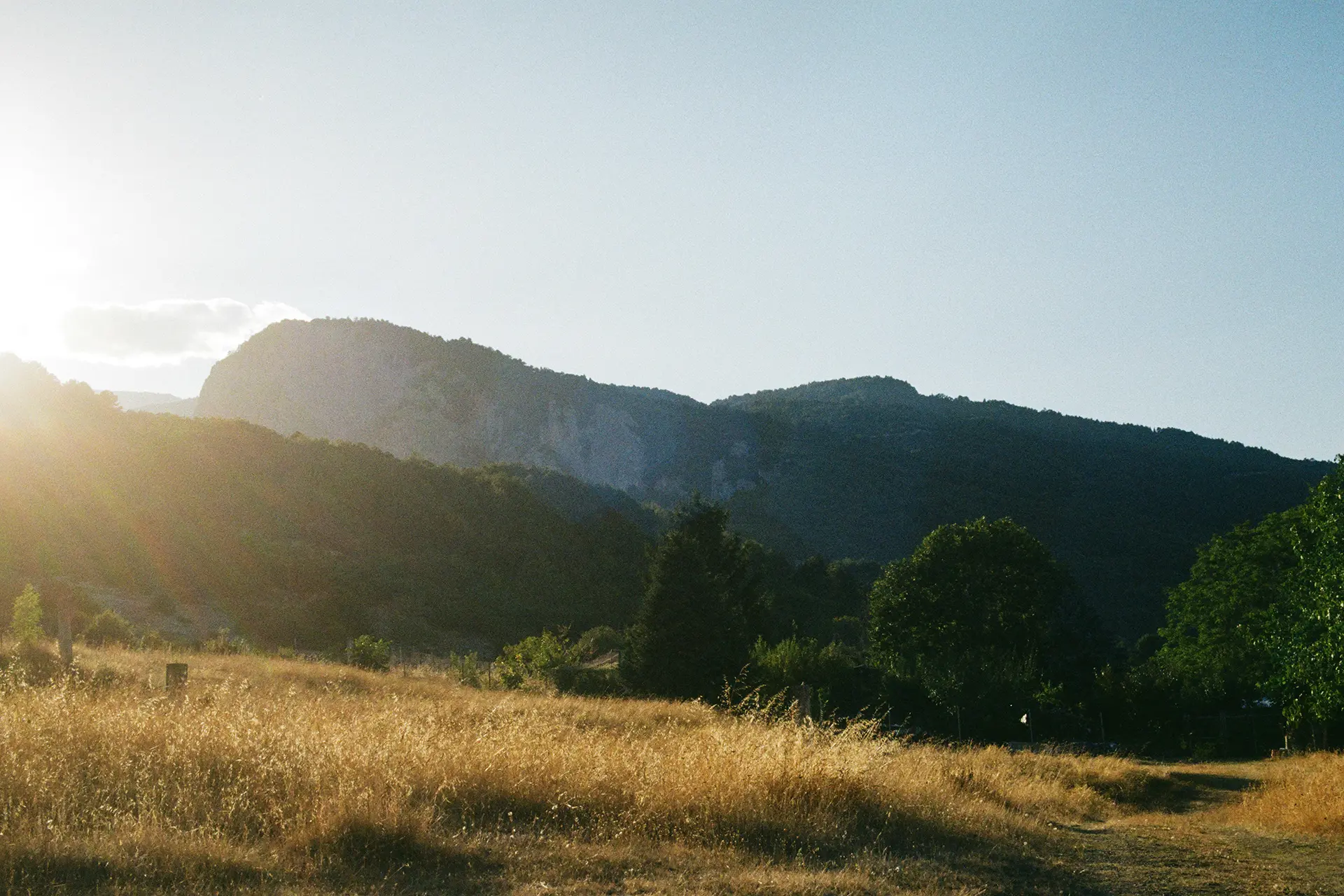
Discover the sacred springs of Mount Olympus, where crystal-clear waters flow through myth and legend in Greece’s most revered landscape.
Long before hikers traced its forested paths and nature lovers marveled at its biodiversity, Mount Olympus was known as the seat of the gods—a mountain alive with stories, symbols, and sacred spaces. Among these revered places, the springs of Olympus hold a special place, flowing not just with water, but with legend. These are not just natural sources; they are mythic veins running through the heart of Greece’s most mystical mountain.
Life-Giving Waters in the Realm of the Gods
The landscape of Olympus is shaped by water. Dozens of springs bubble up from the slopes, feeding into rivers like the Enipeas and Orlias, cascading down rocks, pooling in natural basins, or disappearing into deep gorges. For ancient Greeks, these springs were more than geographic features—they were sacred lifelines. Many were believed to be touched or created by gods and nymphs, their waters imbued with divine qualities.
One of the most well-known springs is the Agia Kori (Holy Maiden) near the Orlias Gorge. A waterfall and pool sit hidden in a serene setting, surrounded by dense forest. According to local tradition, a Christian saint found refuge here, but the site’s older, pre-Christian past suggests it may have once been sacred to a water nymph or goddess. The dual layers of myth and religion add to its sense of reverence.

Springs in Ancient Mythology
Mount Olympus teems with tales of gods and heroes, and its springs are no exception. The Enipeas River, fed by numerous springs, was said to be loved by the river god of the same name. This divine figure is even mentioned in ancient hymns, said to have wept when mortal men tried to ascend the heights of Olympus. The river itself was believed to serve as a boundary between the mortal world and the gods, and its source—an alpine spring high in the mountain—is shrouded in mist and mystery.
Other springs were associated with healing and inspiration. The Muses, daughters of Zeus and Mnemosyne, were often linked to sacred waters that granted poetic or prophetic powers. Some believe that hidden among the folds of Olympus are still-undiscovered springs dedicated to these deities of art and wisdom.
A Pilgrimage of Nature and Spirit
Visiting the springs of Olympus today is a quiet form of pilgrimage. The air cools near them, the hum of the forest softens, and the moment feels removed from ordinary time. Whether you come for the hike or for reflection, these springs invite stillness. Small chapels often sit nearby, blending the pagan and Christian reverence that has long surrounded these waters.
Trails to springs like Kastana, Koromilia, and Prionia reward visitors with stunning views and the soothing sound of flowing water. For those willing to veer off the beaten path, the lesser-known Vryssopoules springs near the alpine zone of Olympus offer a stark, beautiful contrast to the lush lower forests—a reminder that water flows even where the landscape seems barren.

Preserving Olympus’s Sacred Waters
Today, the sacred springs are not only ecological treasures but cultural ones. Protecting their purity means preserving not just natural beauty, but also the myths that have animated this mountain for millennia. Local initiatives are working to ensure that these sites remain untouched by overdevelopment or pollution, allowing future generations to hear the same murmuring waters that inspired ancient poets and villagers alike.
Whether you follow a guide or trace them on your own, the sacred springs of Olympus offer more than refreshment—they offer connection. Here, in the cool hush where myth meets water, the mountain speaks.



